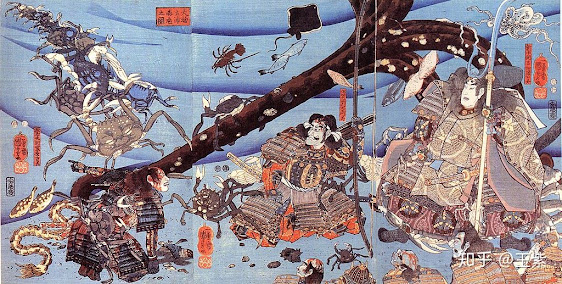This week I read The History of Manga and Early Anime, a general introductory book about the origins and development of manga in Japan. What attracted me most was the origin of Manga, an art born "class", seen as a “million pictures,” with infinite possibilities, as the book says. It was from the irony and complaints of the workers who built Nara’s temples against the bosses who oppressed them. That is to say, this art was not created to show a certain "beauty" or to tell a specific story in the beginning; it was more a "distillation" and dissemination of an idea by means of painting, taking into account the current social situation and the treatment the painter had felt. This quality has been with Manga for thousands of years, and as the artist's position changed, so did the class position and ideology he propagated; as described in the book, during the First and Second World Wars, manga with an imperialist position emerged, and during the period of defeat of the war and Japan's hardship, manga with a desire to break away from reality, such as New Treasure Island also appeared in large numbers. In the 1960s, Japan was influenced by China, and the socialist movement among students flourished, and manga became a powerful weapon to promote socialist ideas. In this process, as with those workers at the Nara temple, it seems that whether the pictures are beautiful and gorgeous is not the initial goal of this art; it is the goal of this art that the viewer can understand the ideas it wants to express even after hundreds of years.
